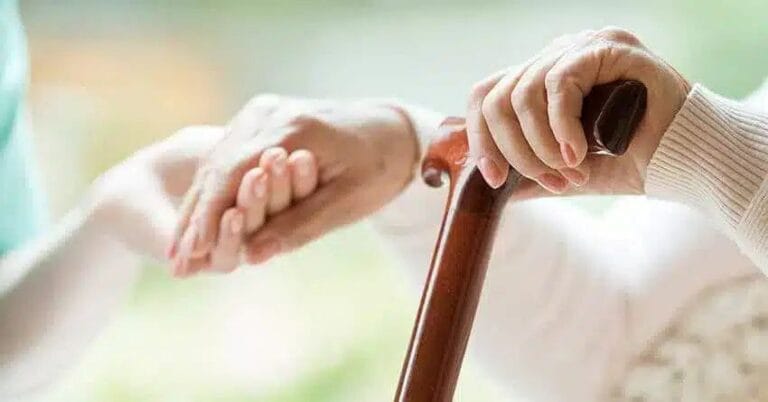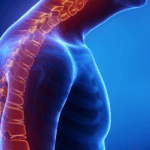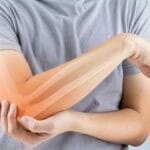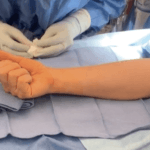Simple exercises to build balance and strength
The inevitable process of getting older puts you at greater risk of falling. Having osteoarthritis — especially in the hips and knees — makes falls even more likely.
A recent study found that two main risk factors for falls among people with knee osteoarthritis are impaired balance and muscle weakness.
Our balance comes from our eyes, an organ in the inner ear and information from our muscles and joints.
Fear, falls and finding balance
People with arthritis can also get into a cycle that further impairs balance. ‘My knee gave out,’ and then they’re afraid it’s going to happen again and they’re going to fall. They protect themselves by decreasing activity, which can actually speed up decline because muscles get weaker.
So that fear of falling is actually a major risk for falling. You need to work on balance so you aren’t so afraid.
She recommends an approach that addresses balance, strength, flexibility and posture.
Many falls happen when people rotate their body while reaching up or down (for example, turning and reaching overhead to put something in the kitchen cabinet).
Your body must be able to react to save you from falling. When we work on balance in physical therapy we take people to the edge of falling and allow their body to learn to respond, Morrison says.
A simple balance exercise
Balance exercises require you to challenge your stability, but at the same time, it’s important to be safe. practicing balance at home in the corner of a room with a chair in front of you to grab if you need to. Start at a level that is comfortable for you.
To help prevent falls in the kitchen or bathroom,practice squatting down and reaching up to simulate what you might do in these places.
You can also try this progression of foot positions:
- Stand with your feet side-by-side.
- Move your feet so that the instep of one foot is touching the big toe of the other foot.
- Now place one foot directly in front of the other, with heel touching toes.
- Shift your weight and stand on one foot, then the other.
Note: Start this series of positions with your arms out to the side. Progress to doing them with your arms down, and then with your arms crossed across your chest. Try to use your ankles, hips and trunk to balance, instead of immediately reaching for the wall or chair.
Strengthening muscles
Morrison also recommends strengthening your hips, buttocks and ankles.
When we’re young, our balance reaction starts at our feet. Our ankles wobble and recover. But as we get older or have joint stiffness, we bend more at the hips because our ankles have lost flexibility and strength.
To strengthen the calf muscles and small muscles of the ankles and feet, try this simple exercise:
- Have your hands hovering over a surface (close but not touching) for safety.
- Stand up tall and rise straight up on your toes. Try to stay stable for three seconds.
- Start with five repetitions, but work up to 20.
- Eventually, try doing it on one foot.
Still feel unsteady?
Morrison also advises people who feel unsteady use a support device, such as a cane or walker. People often resist this, but it can allow you to move better and at a more normal walking speed. Greater mobility is also good for balance.
If you feel unsteady when standing or walking, or if you worry about falling or have fallen, see a physical therapist for a customized balance program





